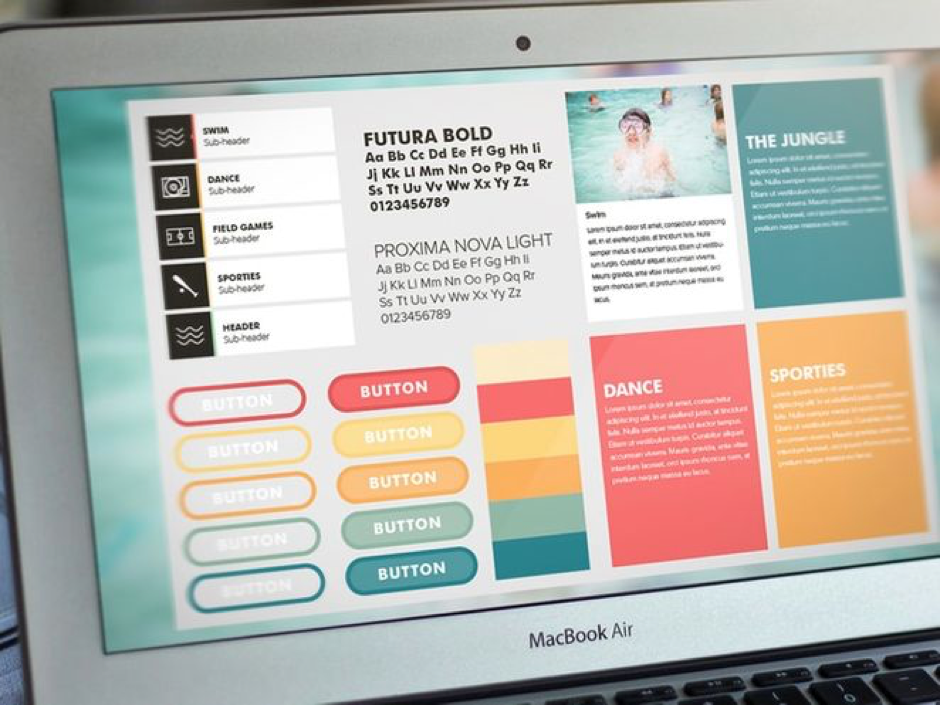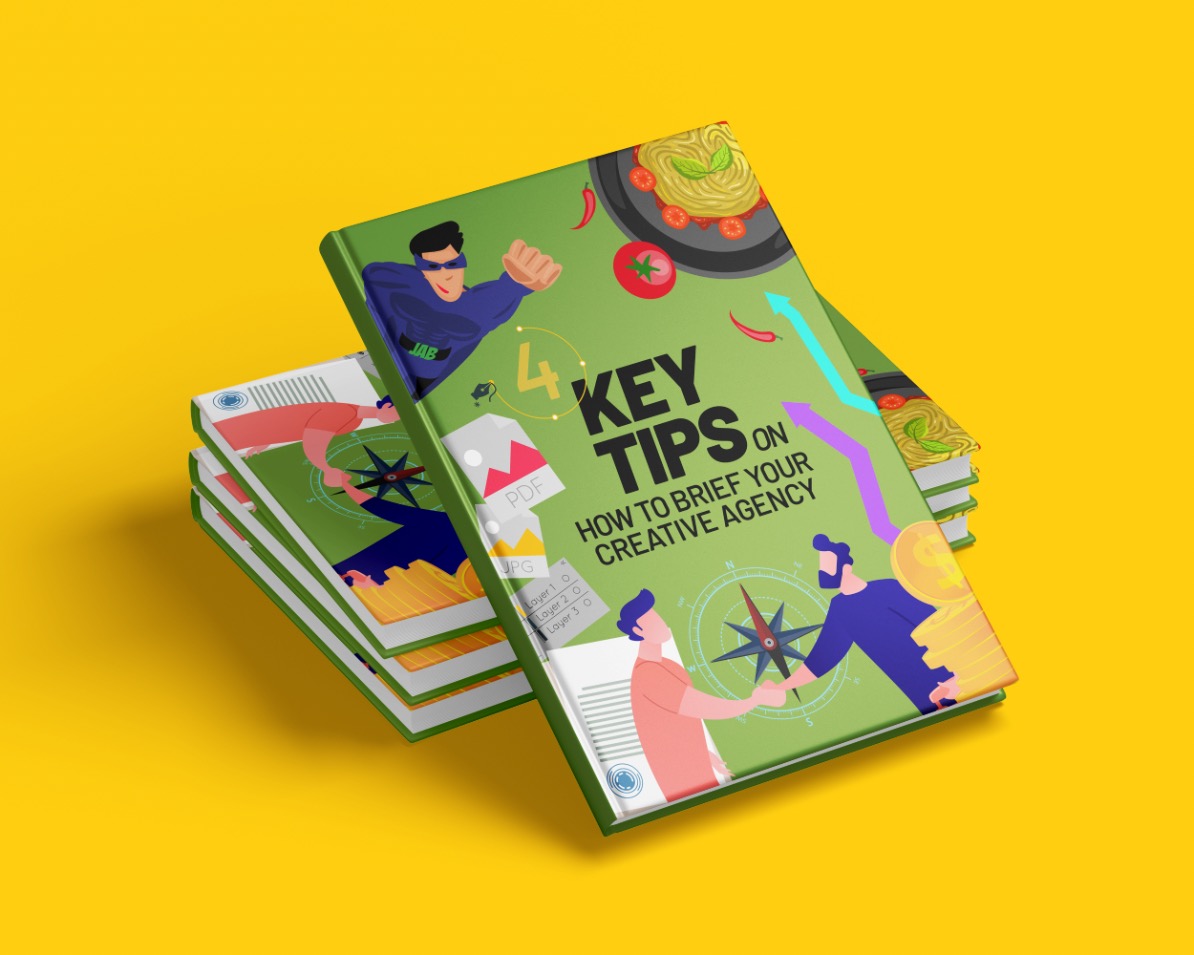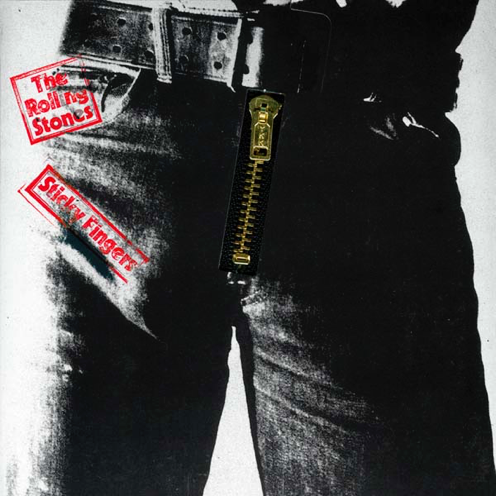Music credit – Inspiration, EP Happy Whistling, by Vernon, Pedosa Media Group
Imagine being told to cook a new dish without the recipe. As you know, a recipe is a roadmap that guides your cooking process, usually leaving room to tweak it according to your taste and preferences. It also tells you what the end-product should not look like. For instance, if the recipe is for chocolate pie, it shouldn’t evolve into a chocolate cupcake.
Similarly, the lack of a good creative brief is the recipe for a marketing disaster. Many companies are guilty of not briefing their vendors properly when they embark on a marketing campaign.
As they say, the devil is in the details. Generally, the creative briefs do not provide enough information to designers or creatives on the campaign requirements. It often stems from the fact that many of us assume the creatives know what to do. The result, after months of re-editing and miscommunication, and to any marketer’s nightmare, is a half-baked design.
A good creative brief is the hero in any marketing campaign. It is the map that guides the creatives and elicits the best ideas out of them. It provides them with clear direction on your campaign and reduces the chances of a re-work. It should also be brief, which means it should not be more than a page long.
Preparation
Here are 4 key tips to help you prepare a good creative brief:
1) Share the big picture
It has to start with the big picture in mind. The goal, for most campaigns, is to out-shine, outwit and out-win your competitors. The creatives are your partners in crime for this mission. Hence, a great warm up would be an introduction to the industry and business trends that inspired the campaign. This will bring the key issues into focus and get everyone on the same page with the project.
The challenge here is to present the information as succinct as possible so that your creatives are clear about the transformation required. A simple SWOT (stands for Strengths, Weaknesses, Opportunities, and Threats) analysis compiled into a table will work just fine.
Here are some points to consider when doing the analysis:
– What are the industry threats and opportunities to your business?
– What are your strengths and weaknesses against your competitors?
– Who are your closest competitors and their key strengths?
Here is an example of a SWOT analysis of McDonalds:
2) Talk about your brand and the concept behind your campaign
Once you’ve provided the context for the campaign, include a summary of your company and the brand. The idea is to help the creatives understand your overall objectives.
Here are some points to consider when including the information:
– What is your current positioning in the market (how do consumers perceive your brand or products)?
– What is the new positioning in the marketing (how do you want your consumers to perceive the brand or products)?
– Who are the ideal target markets for your campaign (include information about their demographics and psychographics)?

Photo source: MarketingWeek.com
Early this year, in efforts to appeal to the emerging demand for low-sugar drinks, Coca Cola launched a new campaign for its Diet Coke brand, introducing a new brand image with a celebrity ambassador.
They understood the trends in the market, and worked towards conceptualising a campaign that would appeal to their target audience, which is high-income middle-aged people who are health-conscious, fashionable and love travelling. With a clear understanding of the target market, it is much easier for the creatives to come up with new designs that would appeal to the right market.
3) Set the rules on what needs to be done
This is the integral part of your brief. It tells the creatives exactly what you want them to produce for you. In this portion, the more details you provide, the better the results.
Outline the deliverables clearly and inform the creatives of the specifications, file formats and size specifications too.
Here are examples of specific deliverables:
• An infographic for print on A2 paper with horizontal orientation
• A web banner in PSD file with 300 x 250 pixels.
Remember that the creatives tend to be visual people. Inspire them with a mood board – a compilation of images that represents the look and feel of the desired deliverables. This will get their creative juices flowing while they envision your requirements.
Here are some points to consider when setting up the mood board:
– What is the targeted look and feel for the company (For example, provide references for inspiration and the colour concept)?
– Elaborate on the functionalities (for example, website user experience that you wish to incorporate in the design)

Photo source: designschool.canva.com
The image above is a mood board for a web design project that included the desired font style and colour palette of the website.
4) Finally, the budget and approval process
Conclude the brief with details about your budget and the approval process. Discuss the budget with the agency and also establish the prices for multiple rounds of edits if it is a fixed-price contract.
Inform them who will be approving the creative work and share the estimated timeline for the approvals. This will help them manage their schedule so that they can deliver the work timely keeping in mind the approval process. Create a tracking sheet to keep a record of the milestones so that the deliverables are submitted timely.
Take a look at the brief (do a right click open) that Mick Jagger wrote to Andy Warhol in 1969 for a design of the Rolling Stones album cover, Sticky Fingers. Despite the very brief instructions, Andy created magic with the cover, and the album cover emerged as an all-time classic.
A Good Creative Brief
Like all the best work, a good creative brief also takes effort and time to prepare.
Trust me, the payoff from a good brief is great. It clears any misunderstanding before the project starts and everyone in the team can easily refer to the brief for reference on the concepts behind the campaign.
The key is brevity, clarity and language that stimulates creativity.
If you need further assistance in crafting your creative brief (or even print or digital specifications etc), kindly let us know at info@jab.sg




